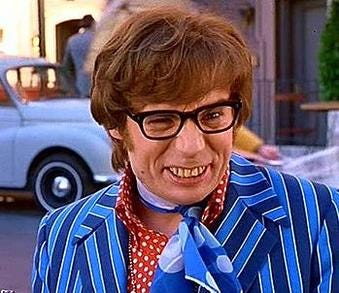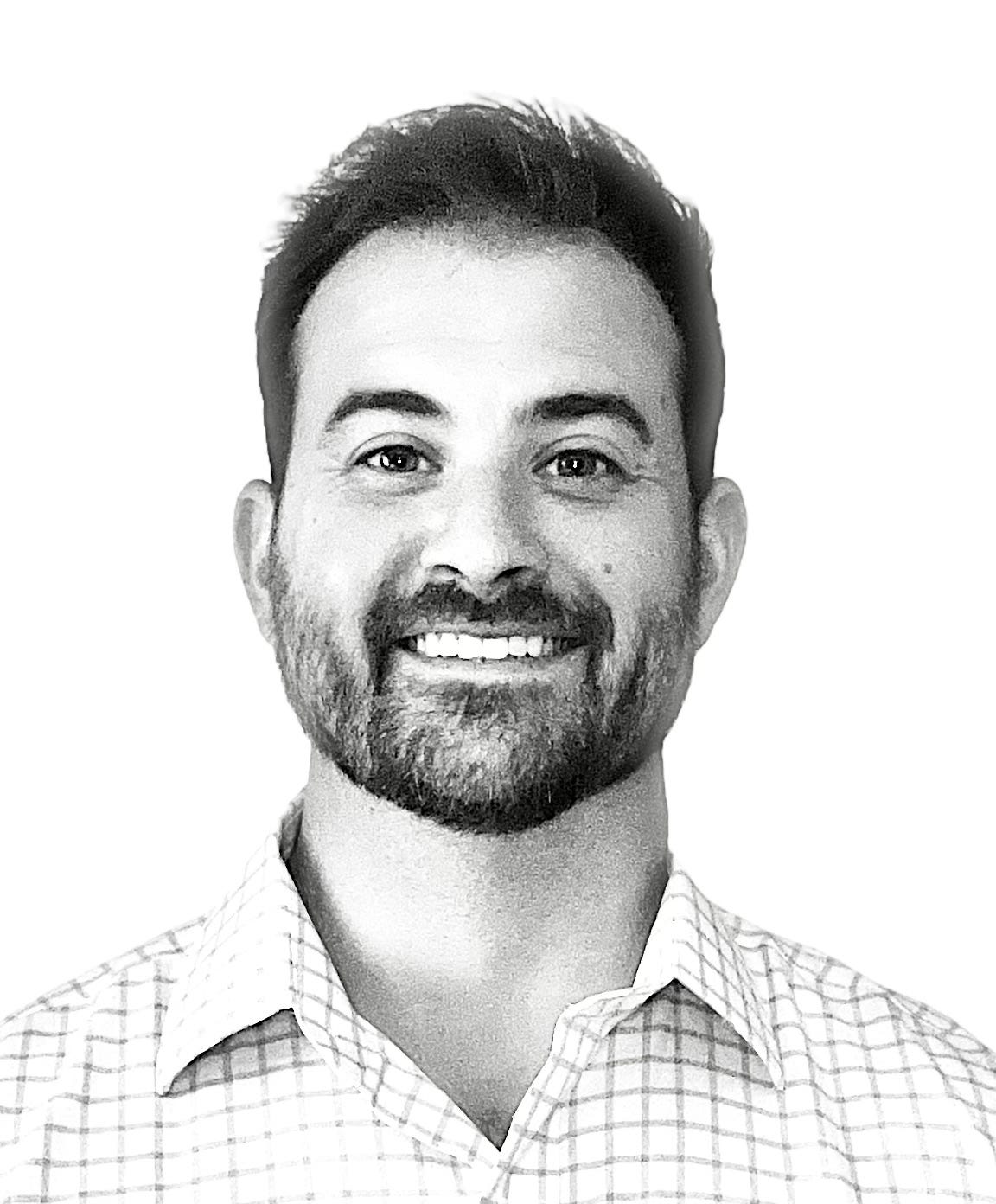In this edition of Momentum we will put to bed the old soft-tissue injury treatment acronym, RICE, and introduce the new science of treating injuries with PEACE and LOVE.
Soft tissue injuries are really, really common.
These can happen when you step off a curb funny, get pulled by your dog, slide into first base, or trip while trying to rescue a kitten from a house fire.
That last one happens to me all the time.
These injuries can range from minor muscle strains to more severe ligament and tendon tears.
Back in the day, we abided by RICE to help manage soft tissue injuries like these.
The RICE protocol was coined by the physician Dr. Gabe Mirkin in the 1970s in his book The SportsMedicine Book. He was a really smart guy. He was a Harvard trained physician.
RICE stands for rest, ice, compression, and elevation and many people to this day still use this protocol to help heal injuries.
Dr. Mirkin was so smart and so prolific that he realized he was wrong and has since walked back his recommendations in light of newer science.
Coaches have used my “RICE” guideline for decades, but now it appears that both Ice and complete rest may delay healing, instead of helping.
I wish more people would change their views based on new science refuting their claims or beliefs…
So, what should we do now?
One approach that has gained popularity in recent years is the PEACE and LOVE acronym, which provides a comprehensive framework for the treatment of soft tissue injuries.
PEACE and LOVE stands for:
Protection
Elevation
Avoiding anti-inflammatory modalities
Compression
Education
Load management
Optimism
Vascularization
Exercise
Let's dive deeper into PEACE and LOVE, baby.
Protection
The first step in treating a soft tissue injury is to protect the injured area from further damage. This can be done by immobilizing the injured body part, using splints or braces, or modifying activities to prevent exacerbation of the injury. Protection helps to minimize pain, reduce swelling, and promote healing.
This can vary quite a bit based on the severity of the injury.
Bracing and immobilization aren’t always required. Sometimes protection can simply mean modifying your movements to avoid loading that tissue.
Elevation
Elevating the injured body part above the level of the heart can help reduce swelling and promote fluid drainage from the injured area. Elevation is especially effective for injuries involving the extremities, such as sprained ankles or swollen knees. By elevating the injured area, the body's natural healing processes can function more efficiently.
It doesn’t seem to be clear just how much elevation is needed and to what degree it helps. I would put this lower on the list in terms of importance.
But, if you just sprained an ankle and are binge watching Stranger Things then sure, elevate your feet.
Avoiding anti-inflammatory modalities
Our body needs inflammation. Especially in the acute setting.
Contrary to popular belief, recent research suggests that the use of anti-inflammatory medications and modalities, such as ice and non-steroidal anti-inflammatory drugs (NSAIDs), may actually hinder the healing process of soft tissue injuries.
Several studies have demonstrated NSAIDs effects on slowing down bone healing and slowing down the muscular hypertrophy response when used in high doses.
And, everyone’s favorite ice baths have been found to blunt the muscular hypertrophy response under certain conditions.
This hopefully encourages healthcare professionals and individuals to avoid these modalities during the initial stages of injury to allow the body's natural inflammatory response to take place, which is essential for tissue repair.
Compression
Applying compression to the injured area helps to control swelling and provide support to the injured tissues. Compression can be achieved through the use of elastic bandages, compression garments, or specialized taping techniques. Proper compression aids in reducing excessive fluid buildup, promotes circulation, and provides stability to the injured area.
I’ll lump this one in with elevation in terms of importance. The degree to which swelling will be controlled may be small but compression can help with protection, the P from peace and love.
Education
Here is where the juicy stuff happen.
Educating people about their injury, its expected healing time, and appropriate management strategies is a crucial part of effective treatment.
Knowledge is power.
Education around an injury can and should include self-care techniques and guidance on when to seek further medical attention.
Education empowers individuals to actively participate in their recovery and make informed decisions about their treatment.
Load management
This is the crème de la crème of managing injuries.
Load management refers to the careful control and gradual progression of activities and exercises to avoid overloading the injured tissues.
Load management does not just mean rest
It can mean modifying the intensity, duration, and frequency of activity, changing the technique or volume, or taking time off from specific movements while pursuing others.
The goal of all load management is to ensure that the injured area is not subjected to excessive stress or strain.
One of the most important parts about load management is finding a safe place to start and then very gradually professing back to pre-injury levels.
Optimism
A positive mindset and optimism play a crucial role in the recovery process.
The vast majority of injuries and pain syndromes have positive outcomes.
You shouldn’t be scared to move. You shouldn’t be worried that this will last forever. You shouldn’t be constantly afraid that you’re making things work. You shouldn’t put your life on hold for pain or injury.
If your healthcare provider makes you feel any of those feelings then they are doing a piss poor job of taking care of you.
Optimism can be fostered through effective communication, encouragement, and support from healthcare professionals, family, and friends.
Vascularization
Here’s another one that I rank lower on the list of importance and is more of a side effect of other treatments than something to strive for on its on.
Vascularization, or the growth of new blood vessels, is essential for tissue healing.
Blood flow via exercise can aid in neovascularizarion to move the healing process along.
Exercise
Of course - exercise is most important.
If you’ve ever read any of my articles, this is the recurring theme of Momentum.
Gradual and appropriate exercise is a vital component of soft tissue injury treatment.
Exercises will help to restore range of motion, muscle strength, and joint stability while providing blood flow to deliver nutrients. Exercise also plays a role in preventing muscle wasting, reducing pain, and promoting overall functional recovery.
Not to mention keeps you sane while letting nature do its thing.
Of course, the specific exercises used in the management of any injury is specific to the person and the injury.
Wrapping Up
Your injuries don’t need RICE. They need PEACE and LOVE. Of course, if you are concerned about pain or injury you should consult your friendly neighborhood Spider-Man healthcare professional.
Let’s keep building Momentum together.
Dr. Nick is a sports chiropractor, fitness specialist, assistant professor of exercise science, and writer.
Want Guidance in the Gym? Check out my next-level training programs.
The BREAKING GAINZ FOREVER program.
Follow along with my exact workouts
These training programs vary based on the time of year and my goals. Sometimes we do powerbuilding style training and other times we do a full on hybrid athlete program.
The BGZ POWERBUILDER program.
This program gets you seriously strong
This is BREAKING GAINZ style training that focuses on strength in the squat, bench, and deadlift and full-body muscles
The METABOLIC GAINZ 1.0 program.
This classic BREAKING GAINZ training format gets you jacked, strong, and fit
Combine strength training with metabolic conditioning for the best shape of your life
The METABOLIC GAINZ 2.0 program
If you’ve progressed beyond MG1.0 and want more then this program is for
This is another classic BREAKING GAINZ training program that gets you jacked, strong, and fit
The BREAKING GAINZ LITE program
If you’re newer to weight training or want a great program to do in the comfort of your own home then look no further!
Get in great shape with just your bodyweight and a pair of dumbbells
Want one-on-one training?
I have limited availability for one on one coaching. You can inquire by emailing me at nickotrainingsystems@gmail.com.







